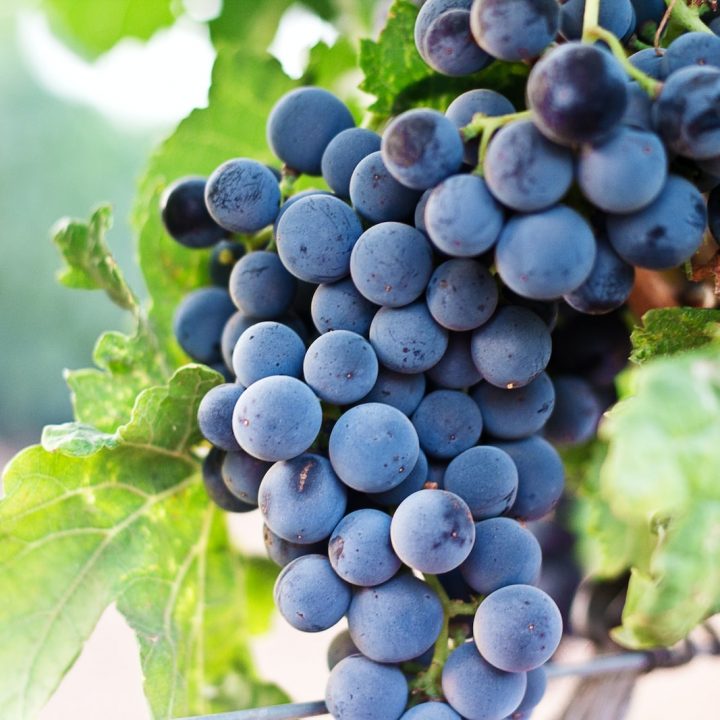Focusing on Flavor: From Light to Bold
Imagine walking through an art gallery where every canvas is saturated with hues of rich, ruby red. Each painting embodies a nuance, an emotion, an essence. Such is the diverse and mesmerizing world of red grape varieties. With over a thousand different grape types worldwide, only a fraction of which gain prominence, the selection in the red wine universe is as rich as an expressionist painter’s color palette. In this artful category, wines range from fruity-light to robustly tannic, offering something for every palate.
Light Refinement: The Ballads of Red Wine
Wines like Gamay or Pinot Noir are the ballads in the world of reds. They are light, fruity, often laced with red berry aromas. These wines are like a gentle sunset on the beach—perfect companions for a balmy summer evening and tend to be less tannic. Ideal for the novice venturing slowly into the depths of the red wine realm.
Powerful Tannins: The Rock Concerts for the Palate
In contrast are potent varieties like Cabernet Sauvignon or Tempranillo. They are the rock concerts of the red wine world, full of energy and intensity. Boasting tannic structures and aromas ranging from dark fruits to spice notes, these wines are statement pieces. They are the perfect accompaniment for robust dishes like steaks or game, offering a flavor experience that lingers long in the memory.
The Climate: Our Invisible Maestro
Sun Lovers: Merlot, Syrah, and Their Sun-Kissed Relatives
Imagine strolling through the vineyards of sunny Bordeaux or Australia’s Barossa Valley. The grapes here are truly on cloud nine because they adore warmth. We’re talking about varieties like Merlot and Syrah that elevate sunbathing to an art form. Just as you and I love our summer vacations in the South, these grape varieties feel right at home in warm environments.
Cool Exceptions: The Intellectuals of Red Wine
But not all red grape varieties are sun-worshippers. Pinot Noir, for instance, could be called the “intellectual” of the red wine world. Thriving in cooler climates like France’s Burgundy or parts of New Zealand, this grape prefers a complex climate that challenges it to develop layers of aroma and flavor nuances.
The Art of Cuvée: An Orchestra in a Glass
Red wine as a one-man show? More the exception! Most often, we’re dealing with a full band—a cuvée of different grape varieties that together rock the stage—or rather, the glass. Each grape brings its own vibe, and the end result is a symphony of taste and aroma.
Serving Temperature: The Secret Handshake of the Wine World
Let’s be honest, who hasn’t served red wine at “room temperature” only to wonder why it doesn’t taste quite as good as in a fancy restaurant? The secret is getting the temperature just right.
The Test of Time: Aging Potential
Much like a well-aged cheese or a piece of fine chocolate, red wine can gain character over time. It’s the tannins, or the astringent compounds, that structure the wine and give it the potential to age gracefully.
Demystifying a Myth: Color
Before we close the curtain, let’s dispel a common misconception. The deep red hues of red wine do not come from the grape’s flesh, but rather from its skin. With a wide array of grape varieties and a spectrum of light to tannic wines thriving in various climates, the world of red wine is a vibrant, dynamic scene waiting to be explored.
